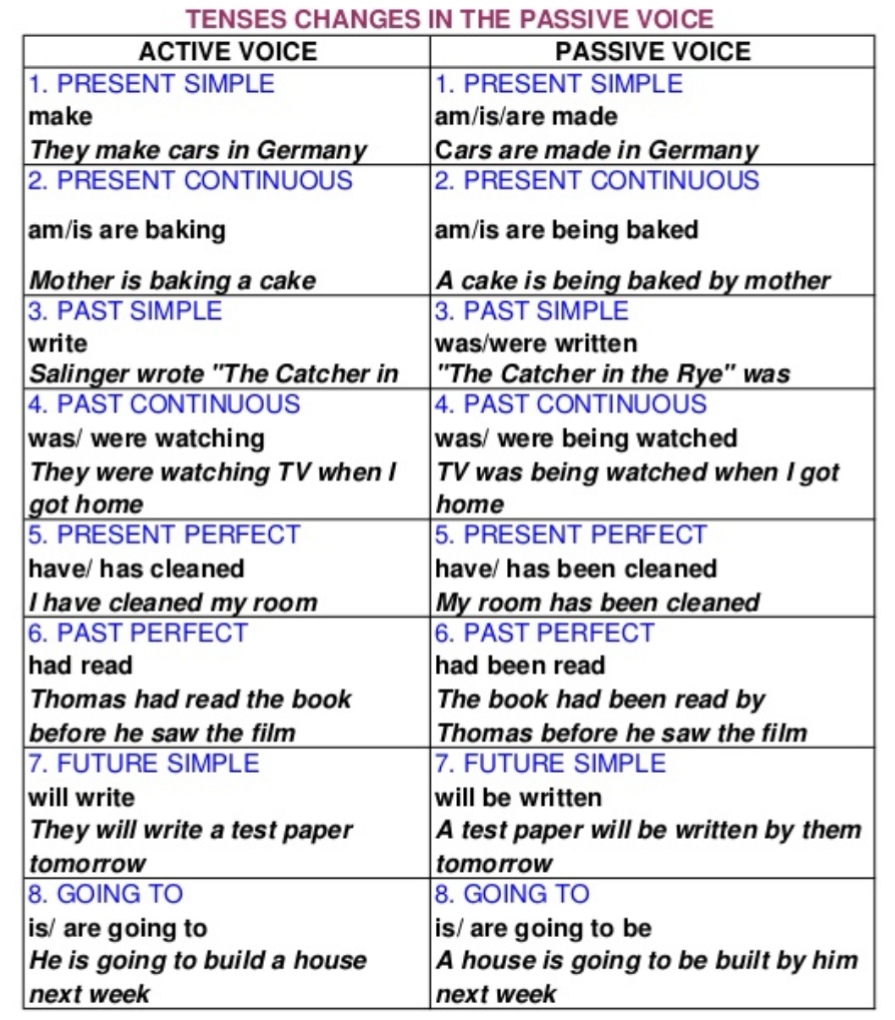
“Beth stubbed her toe” is more clear, direct, and interesting than “The toe was stubbed by Beth.” Get straight to the point and engage your readers with active voice. Active voice has a few advantages over passive voice. That's a dead giveaway that the sentence is in passive voice.Īs a general rule, you should use active voice whenever possible. Note that in each sentence, there is a form of to be + a past participle. Instead of considering the opinions of some people, we're focusing on country music. Instead of thinking about John, we're focusing on the pie. Now, the nouns receiving the actions are the subjects of these sentences. Instead of thinking about Beth, now we're focusing on her toe. Let's use the passive voice in our examples from above: The opposite of the active voice is the passive voice.Ī sentence is in the passive voice when the word that is the recipient of the action is the subject of the sentence. (If this explanation is clear as mud, brush up on subjects and objects here.) What Is Passive Voice? Her toe receives the stubbing (and hurts a lot). In each of these sentences, the subject does the action of the verb, and the object of the sentence receives that action. What Is Active Voice?Ī sentence in the active voice is structured traditionally: subject + verb + object. However, you must understand what it is and learn to recognize it so you can choose how to use it effectively.

That's a little misleading the passive voice isn't always bad. You've probably heard people decry the use of the passive voice.


 0 kommentar(er)
0 kommentar(er)
